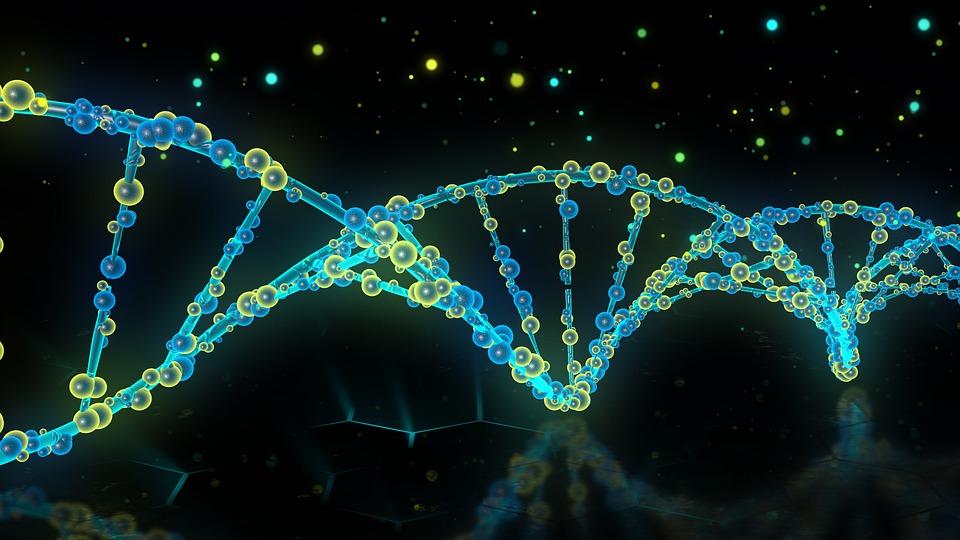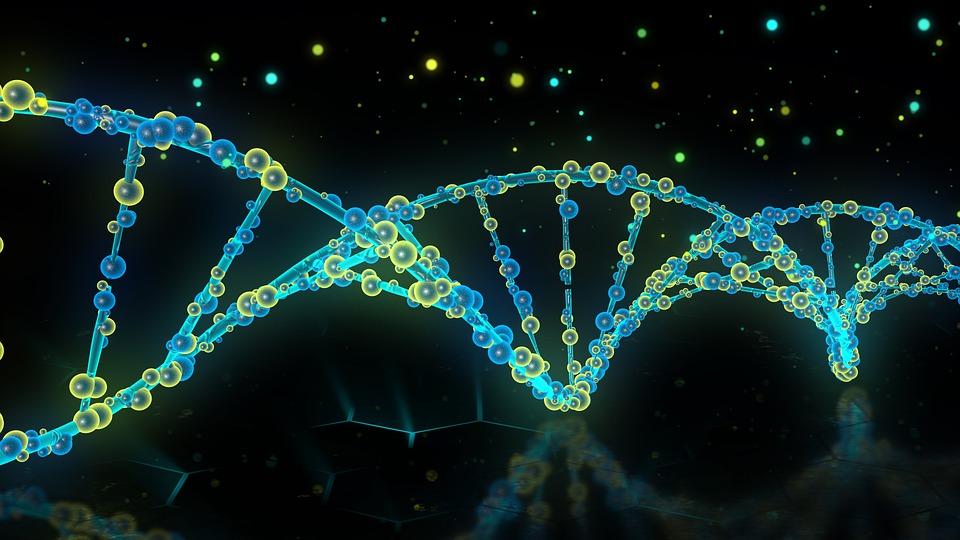
Rock Pocket Mouse Evolution
This is an adaptation of an HHMI BioInteractive activity. Students use graphics of scenes from two different areas where Rock Pocket Mice are evolving due to a change in environmental conditions (ie. lava flow). Students interpret the scene sequence from evidence in the illustrations. Students then use the data to figure out how the mice evolved.
Lesson Plan Link/URL
https://docs.google.com/presentation/d/1Vvh1DXKFvr20ymy0eATr4-pckrq1vUkbb1nCjrB…Related Content

In this lesson, students use the Kepler’s Laws PhET Simulation to collect data on the period and average radius of the planetary orbits. They graph and analyze that data to derive Kepler’s 3rd Law.

This lesson uses a PhET Simulation to allow students to collect data on the orbits of planets around our Sun, then summarize and share their results. It is designed for students in Grades 9-12.

The lesson targets high school students. It aims to impart a solid understanding of genetics and probability through hands-on activities featuring Wisconsin Fast Plants. Covering an introduction to